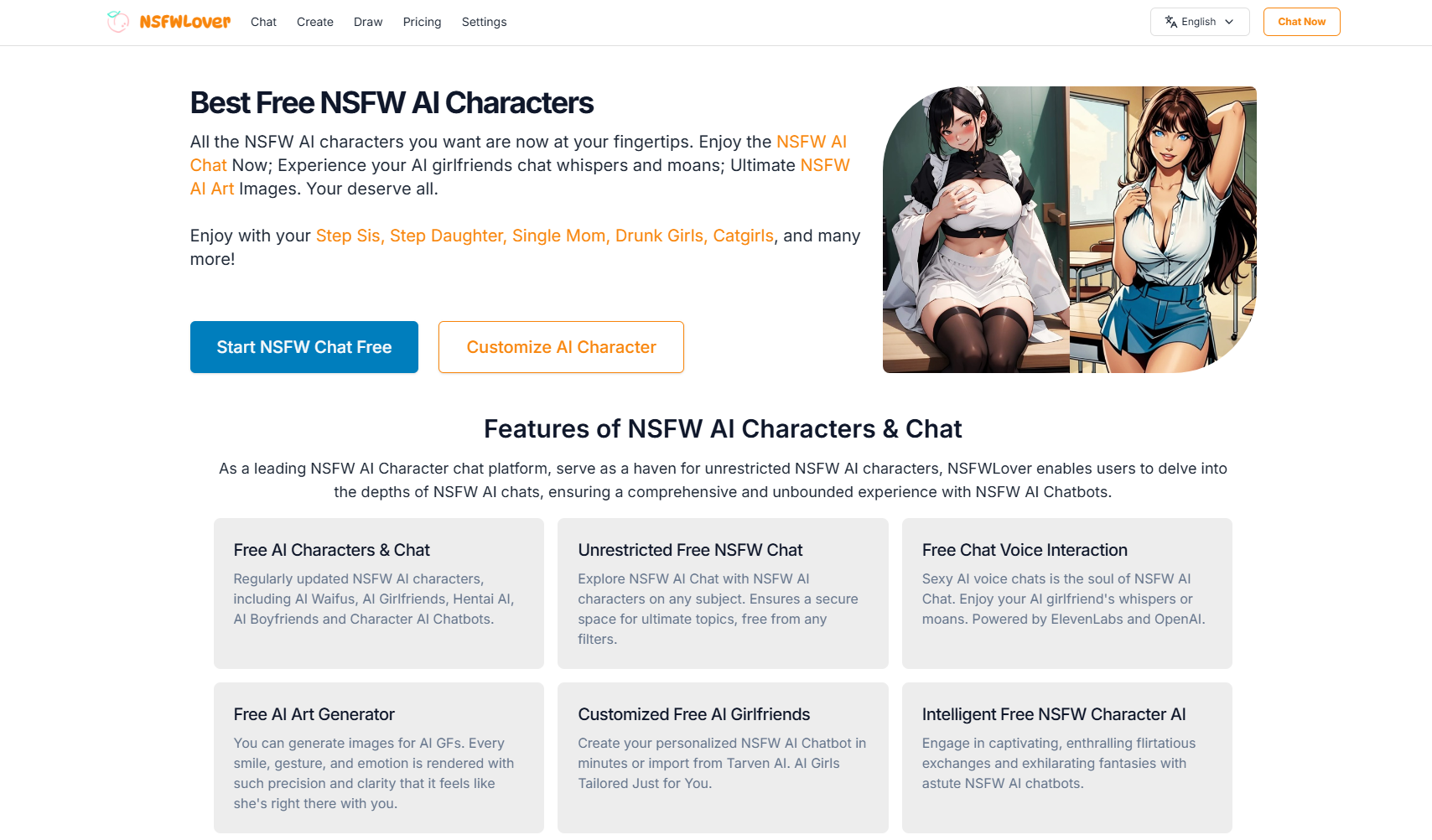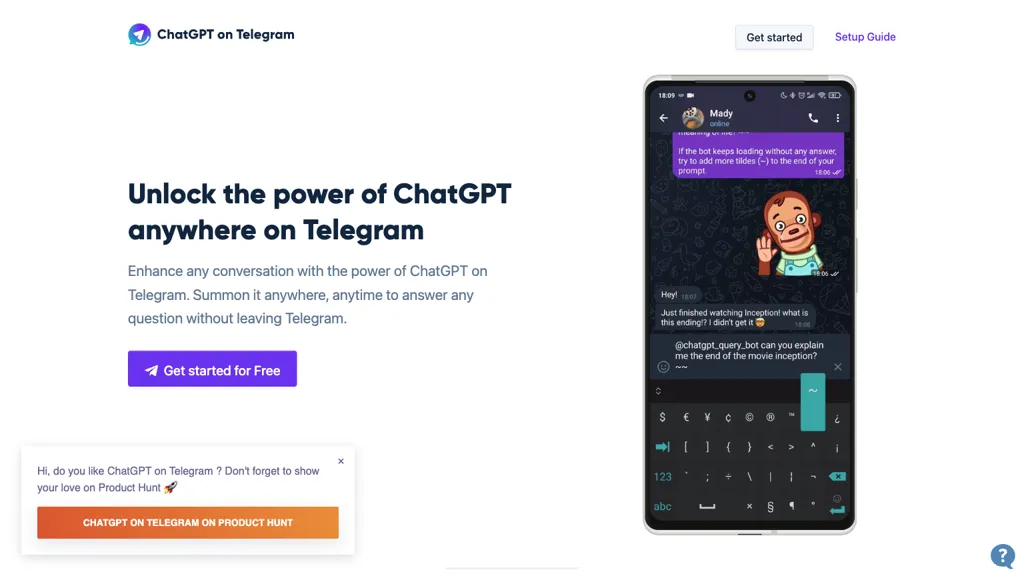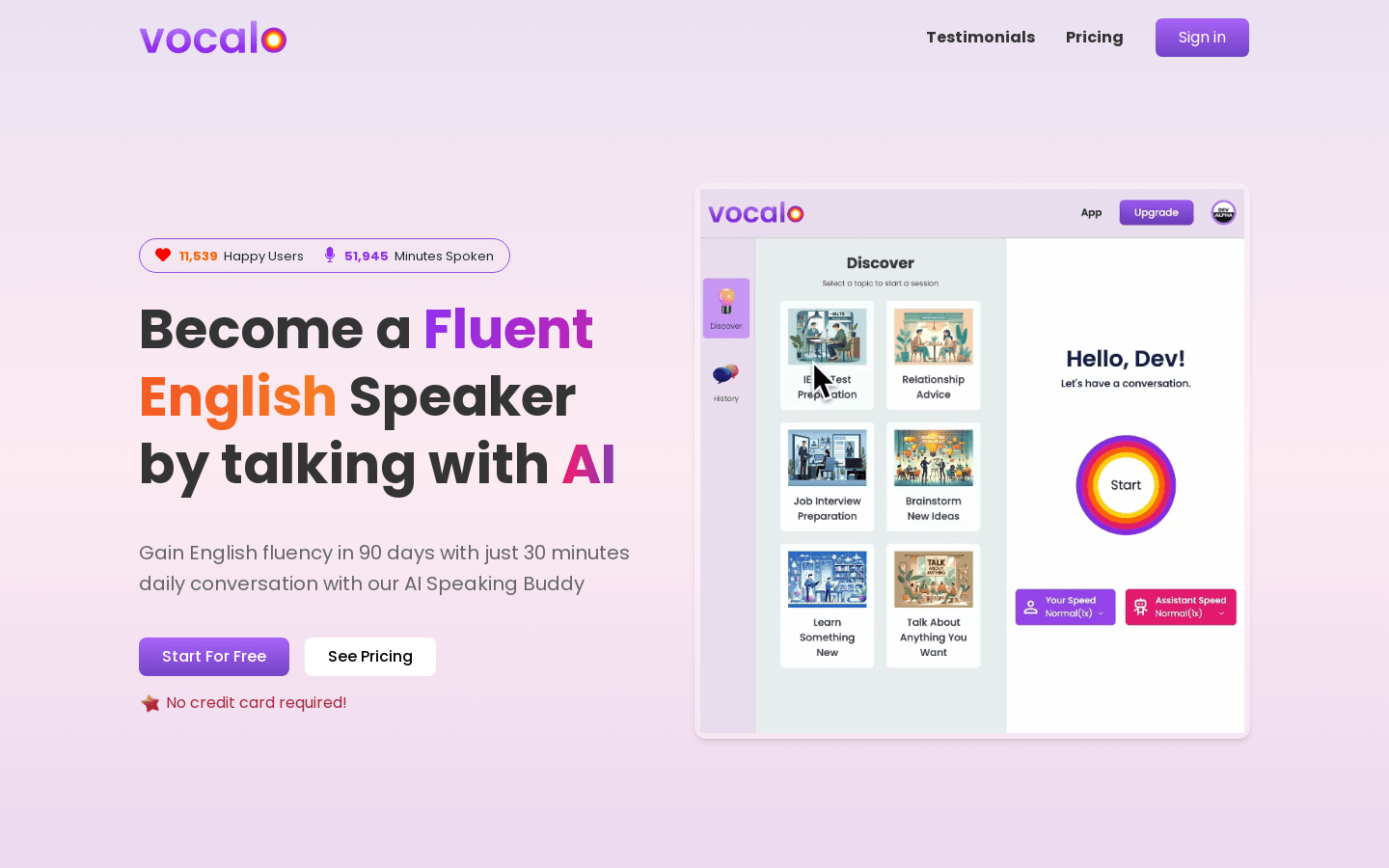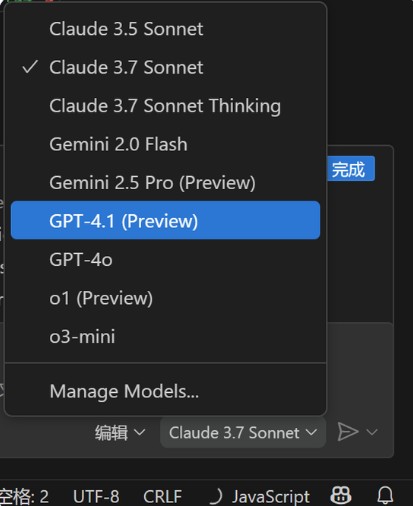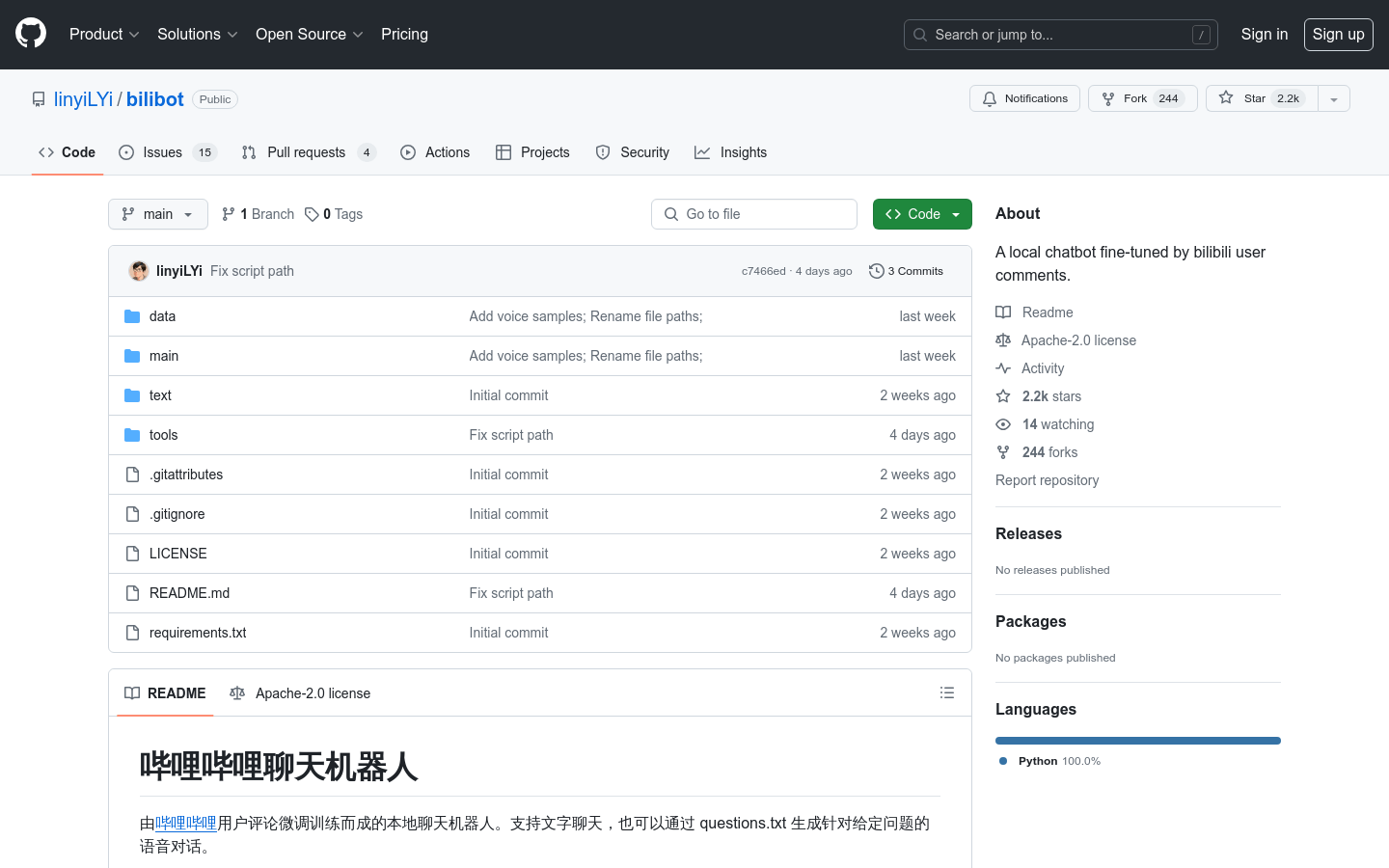
What is bilibot?
bilibot is a sophisticated local chatbot trained on comments from Bilibili users. It uses Qwen1.5-32B-Chat as its base model and is fine-tuned with the help of Apple's MLX-LM LORA project. For voice generation, it utilizes the GPT-SoVITS project and the Paimon voice model.
Who Can Use bilibot?
bilibot is ideal for developers and businesses looking to implement smart dialogue systems. It is particularly useful for enhancing personalized services and improving user experience in areas such as customer service, online education, and entertainment interactions.
Example Scenarios
Online Customer Service:
Provide 24/7 customer support.
Education Platform:
Serve as an intelligent teaching assistant to assist with instruction and answer questions.
Entertainment Application:
Offer role-playing and interactive experiences.
Product Features
Text Chat: Supports basic communication needs.
Voice Generation: Creates voice dialogues for richer interaction.
High-Quality Dialogue: Uses Qwen1.5-32B-Chat as the base model for diverse and high-quality conversations.
Fine-Tuned Training: Tailored to match Bilibili users’ communication style.
Natural Voice Interaction: Enhanced by the GPT-SoVITS project.
Model Compression: Speeds up content generation for better user experience.
Customizable Responses: Increases flexibility and applicability.
Getting Started
1. Visit bilibot’s GitHub page, clone or download the project code.
2. Set up the Python environment using Anaconda as per the project documentation.
3. Run the fine-tuning and inference tests, merging the fine-tuned adapters with the base model.
4. Use quantization tools to compress the model for faster content generation.
5. Test the dialogue functions using the provided scripts.
6. Configure the voice generation service to generate voice dialogues as needed.
